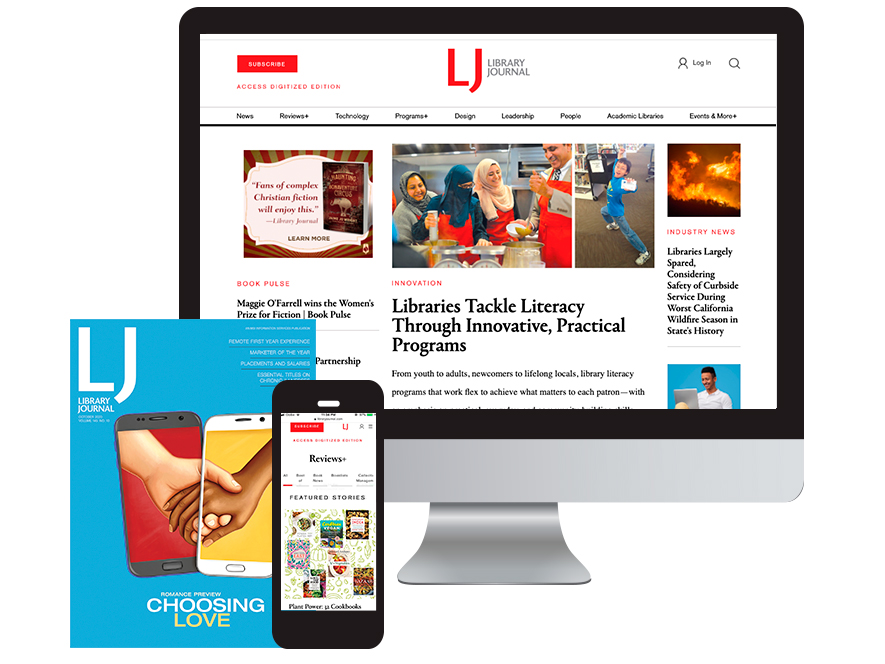Telling Stories | Office Hours
 What amazing stories did you experience this past summer?
What amazing stories did you experience this past summer?
I voraciously caught up on a stack of biographies and novels as well as some of the TV shows everyone was talking about. Twin Peaks, anyone? The constant I most enjoyed across all of these media was the glimpse into people’s lives. From autobiographies to revisiting the fictional characters in my favorite Pacific Northwest town to documentaries from around the world, I was inspired, moved, and changed.
We’ve been talking about the power of a story for a long time in our field. Libraries have always been about access to the stories of the world, collected, cataloged, and placed on a shelf waiting to be discovered. Many readers may recall the mantra of Erik Boekesteijn, Doklab consultant and senior advisor to the National Library of the Netherlands: libraries should keep stories, share stories, and make stories. How wonderful it is to circle round to this concept again. Take some inspiration from these unique approaches to honoring stories of all kinds.
Keeping stories
We do this so well. Kudos to the collection library staff who are building repositories of stories from the diverse voices of our world. Take inspiration from the librarians continually curating stories in their many forms. Like the popular S-Town (see “Gifts of This Hour,” LJ 5/15/17, p. 16) and other podcasts, newer forms of content are joining the printed word on our “shelves.”
Sharing stories
My summer reading pile included a preview of Annie Spence’s Dear Fahrenheit 451. Spence is a former student of mine who went on to be a public librarian. Her new work is a collection of personal “letters” to books of all kinds—i.e., Dear Color Me Beautiful or Dear The Hobbit. There is also a dash of “It’s You, Not Me” breakup style notes for soon-to-be weeded titles destined for the book sale. It is a funny, insightful, and personal approach to readers’ advisory and a clever meditation on why some books are deselected. Librarians could use the book and Spence’s approach for programming, sharing their own letters to books, and encouraging readers to pen their own.
The Tea Tree Gully Library in Adelaide, South Australia, recently scheduled an evening program called “Library Up Late: Grown Up Story Time,” noting the library would be up past its normal bedtime to offer “some secret recipe mulled wine and hot buttered rum.” The program included readings and craft activities and joins similar initiatives hosted by librarians to bring people together in a social atmosphere to listen to and reflect on narratives.
Making stories
Always the most interesting directive of Boekesteijn’s mantra, the ways organizations are making stories demonstrate the importance of tapping into the collective voice of our communities. The University of Colorado, Colorado Springs, Kraemer Family Library hosts an annual Intergenerational Storytelling Contest, bringing members of the community in to demonstrate how stories can connect people of all ages.
The Naked Truth: Connect, Create, Contribute (NT:CCC) initiative from the Mill Valley Public Library, CA, is a mashup of live storytelling events throughout the year, a web archive of recorded stories, and the opportunity for community members to contribute their own voice. Mill Valley city librarian Anji Brenner told me, “Live storytelling is immediate and personal; it’s a direct line to the oral tradition from which formalized literature emerged.” The recordings, then, preserve “the voice of living, breathing people in a particular place, in a particular time.”
StoryCorps offers further insight into the power of sharing a story via the web. According to a 2015 study, the innovative and human recordings it shares have increased listeners’ understanding of a variety of groups, demonstrated the value of everyone’s experience, and reminded listeners of their shared humanity. Listeners can browse stories by location, collection, and year. The StoryCorps mission is to “preserve and share humanity’s stories in order to build connections between people and create a more just and compassionate world.” What StoryCorps does so well is capture the stories of people of color, LGBTQ folks, and the disabled, who often do not make it into mainstream media. And that’s a role for libraries. These efforts to preserve our collective story should be lauded and supported. The dialog stories can create benefits all who participate.
RELATED
ALREADY A SUBSCRIBER? LOG IN
We are currently offering this content for free. Sign up now to activate your personal profile, where you can save articles for future viewing









Add Comment :-
Comment Policy:
Comment should not be empty !!!